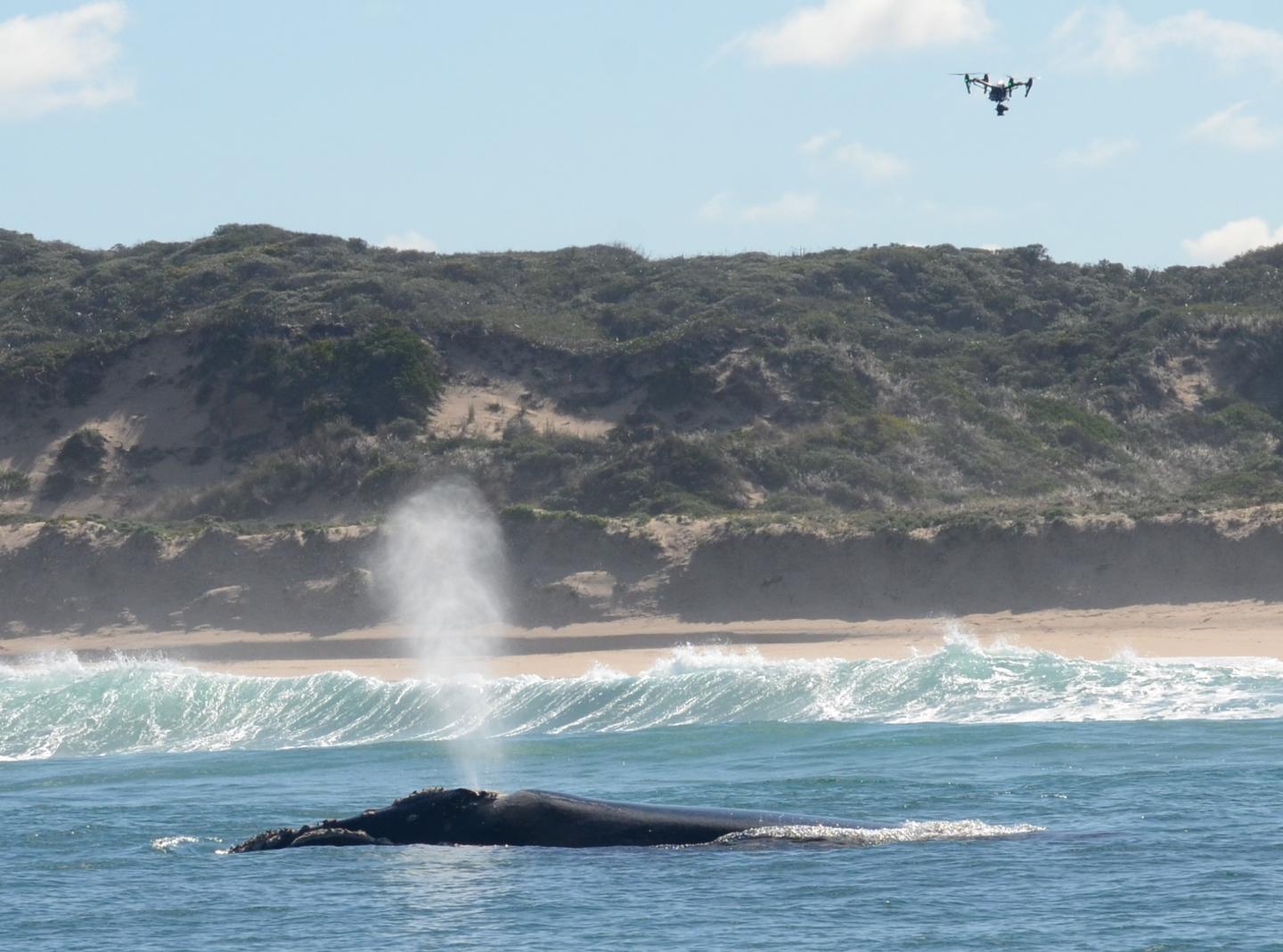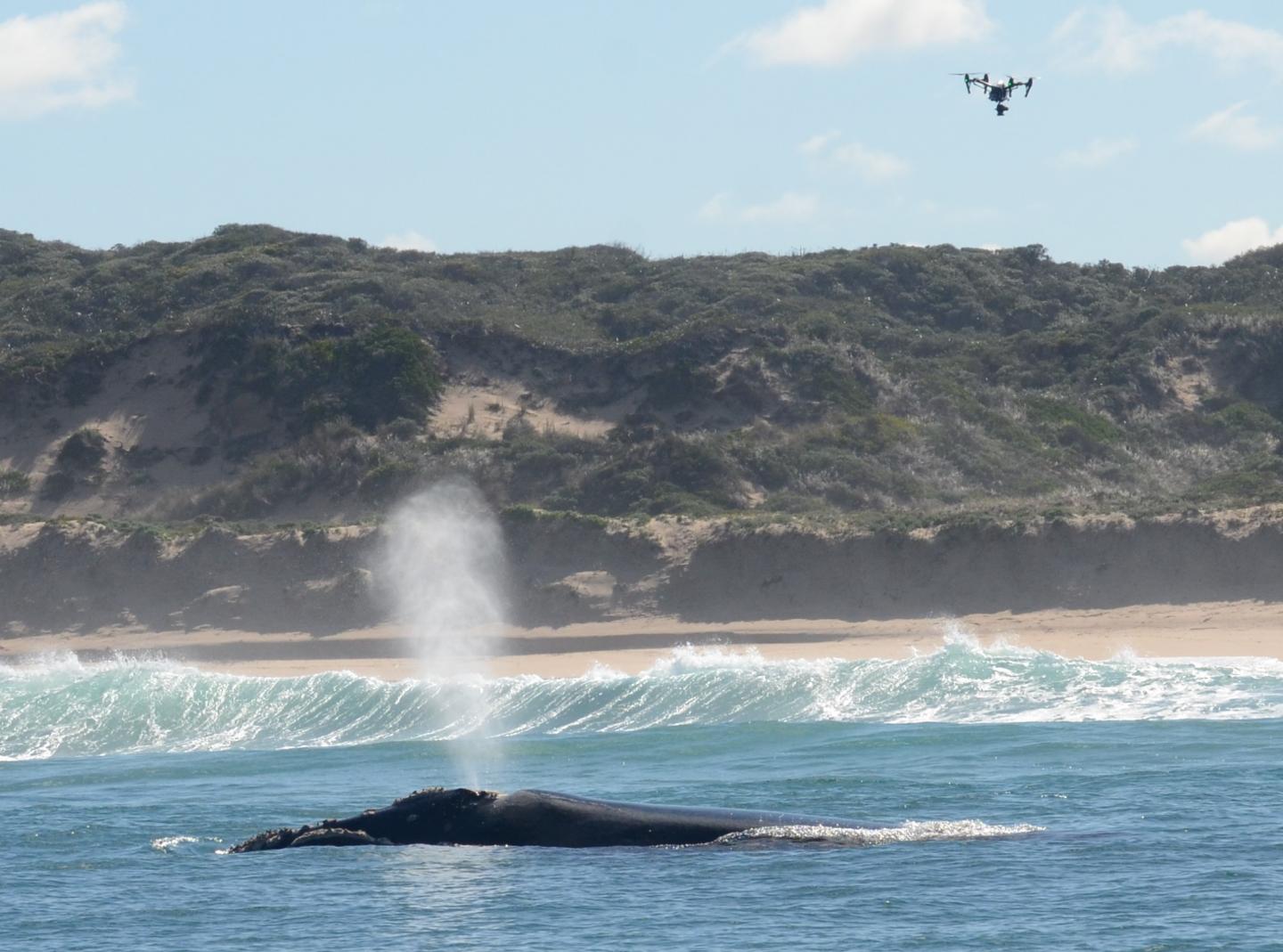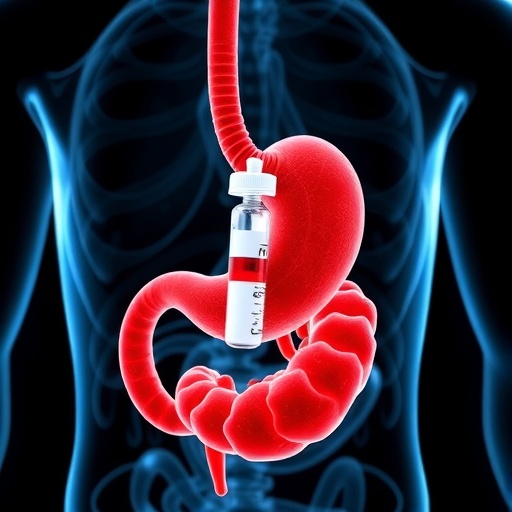
Credit: COPYRIGHT: MURDOCH UNIVERSITY CETACEAN RESEARCH UNIT
Marine researchers have made sure that their research drones aren't disturbing their research subjects, shows a report in Frontiers in Marine Science. And they're hoping that others will follow their example to help protect wildlife in the future.
We've all seen the videos–drones and wildlife don't always get along. Unmanned aerial vehicles (UAVs) offer unparalleled scientific footage and insight, but how can wildlife researchers be sure that they're not disturbing the very animals they're hoping to study?
"UAVs are becoming more and more popular both with the public and as a scientific tool and, until now, there's been little scientific information on the impact of drones in the marine environment," says Lars Bejder, who leads Murdoch University's Cetacean Research Unit in Western Australia. "It's very important to know whether these instruments have an effect on these animals."
Bejder's group and their collaborators at the Marine Bioacoustics lab of Aarhus University in Denmark specialize in whales and dolphins, both of which are particularly sensitive to human-made noise because they rely heavily on acoustics for communication, hunting, and navigation.
To ensure that their research drones were inaudible to these mammals, Dr. Fredrik Christiansen (a post-doctoral fellow in Bejder's lab and lead author of the research) and colleagues measured how well the drone sounds carried into the water. To do so, they suspended an underwater microphone one meter below the ocean's surface. Since marine mammals spend the vast majority of their time deeper in the water, Christiansen describes this as the "worst case scenario" for these mammals. The groups then flew two different types of multirotor UAVs at varied heights over the water and monitored how much noise was detectable under the surface.
Fortunately, they found that the sounds from the UAV didn't travel very well from the air into the water. Drone noise was very close to the background noise level in shallow water habitats. Furthermore, the teams also compared the recorded noise levels to the known hearing thresholds of dolphins and whales and they found that, for the majority of these mammals, drones were below these auditory thresholds.
While Christiansen's experiments are in the clear, it's important to note that terrestrial species and birds will be more exposed to both the sound and visual presence of UAVs. Researchers will need to continue performing similar studies to make sure that their UAVs are safe to use with different types of wildlife. Christiansen and his collaborators are hoping that their study will help guide the regulation of drone use in the future.
"Wildlife research is carried out under very strict permits and we hope that our research will help guide the regulators who evaluate permit applications to ensure that we understand what may or may not have an effect on these animals," explains Bejder.
All UAV research was conducted under Western Australian State research permits and with Murdoch University Animal Ethics approval.
###
Media Contact
Melissa Cochrane
[email protected]
41-787-246-393
@frontiersin
http://www.frontiersin.org
############
Story Source: Materials provided by Scienmag





